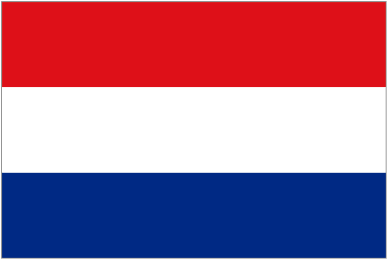October 23
For three decades Hungarians were forbidden to mention the events that occurred on October 23, 1956.

After World War II, Hungary found itself increasingly under the thumb of the Soviet occupiers that had liberated the country from the Nazis. The Communist Party slowly replaced the democratically elected Hungarian government, and the Hungarian State Security Police “purged” thousands of political dissidents through relocation, imprisonment, and execution.
In 1955 Hungarians hoped their country might go the way of Austria, becoming a demilitarized, independent country. However, the Warsaw Pact of that year bound Hungary to the USSR and formed part of “the Iron Curtain”.
In Poland, public outcry at Soviet quashing of an uprising had led the Soviets to make concessions to Poland in October 1956. Hungarian students expressing solidarity with the Poles by holding a demonstration in Budapest at statue of Polish-Hungarian General Józef Bern. Students cut the Soviet coat of arms from the Hungarian flag and sang the old national song, Nemzeti dal, “We vow we will no longer remain slaves.”
According to reports, the crowd swelled from 20,000 people to as many as 200,000. By evening, the crowd had toppled the 10 meter tall statue of the recently-deceased Soviet leader Joseph Stalin and placed Hungarian flags in his boot. As the demonstrations multiplied and crowds grew unruly, Soviet tanks rolled into Budapest. But it was the much reviled Security Police that fired the first shots into the crowd.
News of the clashes in Budapest spread throughout the country. Protests and demonstrations broke across Hungary, followed by mob violence against the Security Police and full-scale revolution.
On the 28th of October, Soviets called for a ceasefire and Soviet forces withdrew from Budapest. A new national Hungarian government was proclaimed, led by Imre Nagy, with the intention of becoming a neutral multi-party democracy.
The joy was brief. On November 3, the infant government was invited to negotiate the withdrawal of Soviet forces. Arriving at the meeting point, the delegation was arrested. Soviet tanks attacked Budapest in “Operation Whirlwind”. By November 10, when the last rebels conceded defeat, 2,500 Hungarians and 722 Soviet troops were dead.
It would be a long road to freedom for the Hungarians. On October 23, 1989, just before the collapse of the Berlin Wall, the Republic of Hungary was proclaimed, and October 23 was declared a national holiday in memory of the short-lived government and the revolution that refused to be forgotten.






